Editors’ Picks




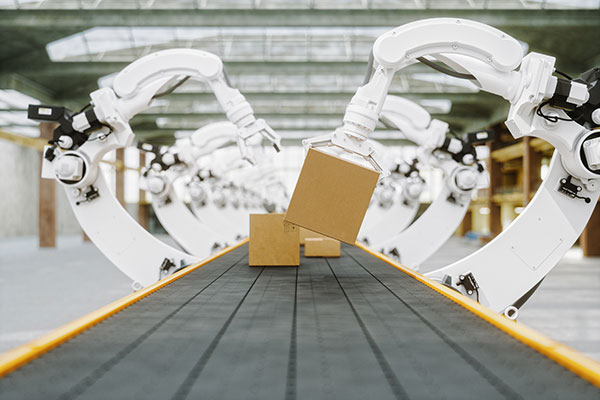
Found in Robotics News & Content, with a score of 5.60
…capital intensive, and generally requires substantial upfront capital costs (CapEx) — this has kept many smaller organizations from investing in robotics and prevented larger ones to take on more risks. The traditional business model has become even less appealing during the pandemic — as many businesses became cash-strapped. In a pandemic era, the return on investment (ROI) on heavy capital purchases has become fuzzy. Instead of selling hardware, RIOS sells “Factory Automation as a Service” and provides an all-inclusive service (installation, programming, maintenance, 24/7 monitoring, etc.). RIOS can deploy millions of dollars’ worth of hardware in factories with no upfront…
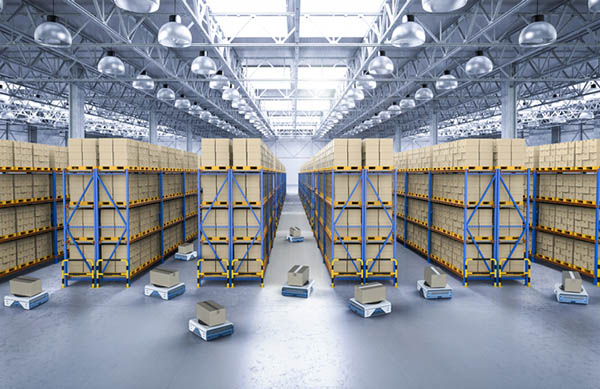
Found in Robotics News & Content, with a score of 5.47
…also found an increase in pre-approved, annual capital expenditure (CapEx) budgets for materials handling solutions, with 39% reporting they had one, up from 36% the previous year. The average pre-approved budget climbed from $369,286 last year to $449,219 this year. When we asked about ranges, 31% reported a pre-approved budget of $1 million or more. Do you have a pre-approved annual capital expenditures budget for materials handling solutions? Source: Peerless Research Spending breakdown When asked what percentage of overall spending will be on either materials handling equipment, information systems (IS), or “other,” over the next 12 months, this year 30%…
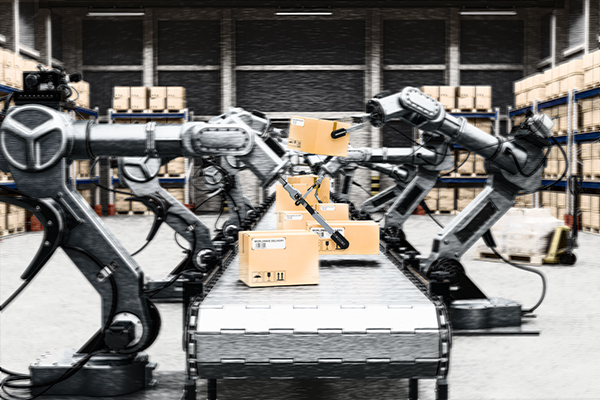
Found in Robotics News & Content, with a score of 5.18
…that Covid-19 has created an environment of uncertainty. “All capex that’s not fundamental is on hold right now,” one respondent said, while several others noted that their companies were “holding tight for now, until further clarity on recovery timing.” In considering which areas of the warehouse or DC they’d like to improve within the next two years, most respondents (69%) say warehouse capacity utilization, up from 61% who gave that answer last year. In addition, 51% of respondents want to improve picking efficiency and 56% are looking to update their order accuracy operations. Interest in labor reduction has decreased from…
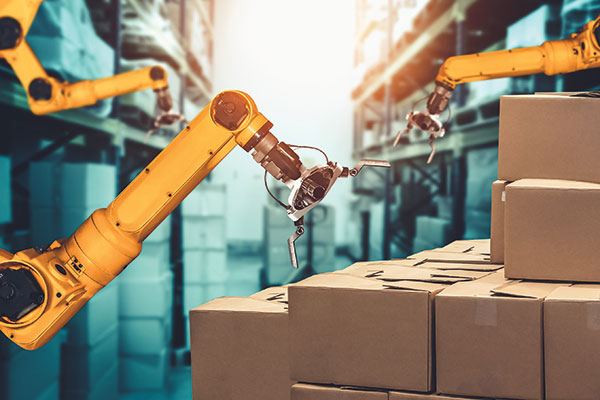
Found in Robotics News & Content, with a score of 4.83
…prefer to buy the entire solution (i.e., a pure CapEx investment), 24% say they would rather use the RaaS option, and 22% say they would prefer to buy the robot hardware but subscribe to the software via a hybrid approach. Customer satisfaction guaranteed When investing in robotics solutions, more than half of respondents (53.8%) say payback is an “extremely important” factor in the decision. Robots are living up to expectations in the real-world applications where they’re being put to work. Asked whether their existing installations lived up to early expectations, over 60% of companies say their total cost-of-ownership objectives were…
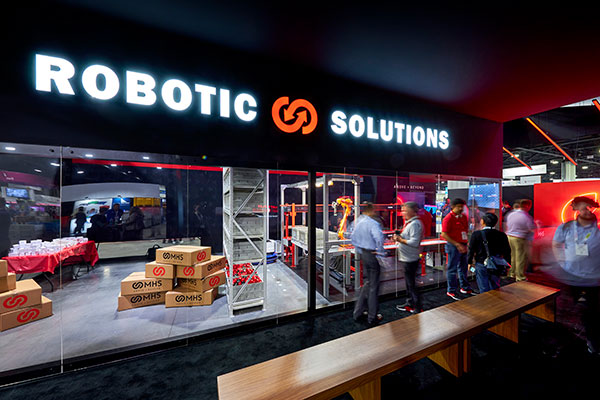
Found in Robotics News & Content, with a score of 4.62
…Georgiev: While RaaS is popular, we sell systems as capex [capital expenditures]. We're in traditional automation and sell machines directly. It's better for ROI [return on investment] because the device monitors itself. What are some examples of applications or types of orders that are best addressed with dual-robot each picking from totes? Georgiev: We've only scratched the surface for applications. For the past four years, MHS has focused on parcels for express couriers. With dynamic neural networks, it's now more possible to pick from random totes for fulfillment. How much of the training on parcels or SKUs is done by…

Found in Robotics News & Content, with a score of 3.38
…3PL is that you can avoid higher amounts of capex spend while still achieving the added reach or capacity you need,” say Saenz. “You can turn to a 3PL, adjust your operating costs, leverage their labor pool, and in most cases, their advanced technology capabilities.” Of course, 3PLs are also feeling the labor crunch, but because many 3PLs spread their labor across multiple clients, they tend to be well plugged into sources of labor and temporary staffing. “Turning to 3PLs is understandable in a tight labor market,” says Saenz. “It’s becoming harder and harder to find labor, especially for second…



